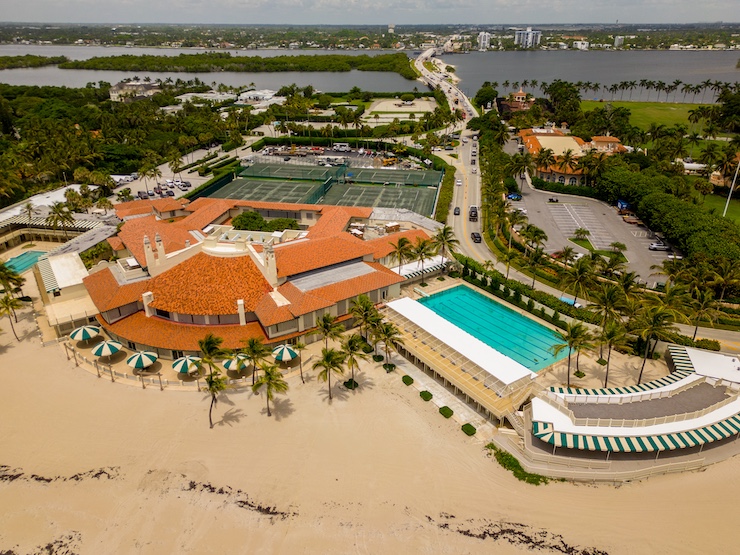
In 2013, President Barack Obama reinstated a portion of the Former Presidents Act, which provides lifetime Secret Service protection for himself, President George W. Bush, and all subsequent presidents. This level of protection is usually less stringent than what a sitting president receives and is adjusted as needed. In addition, the Secret Service is called in to provide protection for any major presidential or vice presidential candidates within 120 days of an election. The effectiveness of this service was called into question when then former President Trump was the target of an assassination attempt.
On July 13, 2024, 20-year-old Thomas Matthew Crooks set up an automatic assault rifle on a rooftop overlooking where Trump would be speaking in Butler, Pennsylvania. Crooks fired eight rounds, striking Trump in the ear, killing one audience member, and wounding two others. As Trump grabbed his ear, his Secret Service detail quickly sheltered him, while Crooks was shot and killed by the Secret Service Counter Sniper Team. However, the fact that someone was able to get so close to Trump raised many questions about the effectiveness of his Secret Service team.
In the aftermath of the assassination attempt, Trump’s security detail was tightened, especially in Palm Beach, FL, where Trump resides at the National Historic Landmark, Mar-a-Lago. Trump purchased the 62,500-square-foot, 126-room residence on 17 acres of land in 1985. Much of the property is open land where Trump and private guests can enjoy the Florida sunshine, golf, and coastal breezes. To the shock of many, a suspected second assassination attempt on Trump’s life was averted on September 15, 2024, when Secret Service agents spotted the barrel of a rifle poking through a fence on the grounds of Mar-a-Lago.
58-year-old Ryan Routh was apprehended and faces federal charges of gun possession. Local law enforcement, in coordination with Trump’s Secret Service detail, had already increased security measures by closing down roads and conducting searches. Now, as the newly re-elected President Trump, the Secret Service is turning to drone technology to further tighten security around Mar-a-Lago. After the election results came in, a curious robotic dog was seen patrolling the estate’s grounds alongside security agents.
The dog was actually Spot, the first commercially available robot from Boston Dynamics. Founded as a spin-off from MIT by Marc Raibert in 1992, Boston Dynamics has taken the world by storm with its innovative drone and robotic platforms. Spot was introduced to the world on June 23, 2016. In November of 2017, a YouTube video showcasing the drone’s agility quickly amassed 2 million views. Within two years, the Massachusetts State Police became the first law enforcement agency to own one of the drones. Since 2020, Boston Dynamics has made Spot available to anyone through the code developer platform GitHub for those willing to spend upwards of $75,000.
Today, the drone can be found working with law enforcement agencies, at educational institutions of all levels, in factories, and now, for the Secret Service. As explained on Boston Dynamics’ website, “From factory floors to construction sites to research labs and beyond, Spot works so your team can excel. As a dynamic sensing platform, Spot provides valuable insights into routine operations, site health, or potentially hazardous situations. With Spot, your team can focus on the things that matter most, while staying out of harm’s way.”
Neither the Secret Service nor Boston Dynamics has released a statement about the drone patrolling Mar-a-Lago’s grounds. However, Anthony Guglielmi, U.S. Secret Service Chief of Communications, did say, “Safeguarding the president-elect is a top priority.” Mr. Guglielmi went on to say that the terrestrial drones are “equipped with surveillance technology and an array of advanced sensors that support our protective operations.” While the drones can be programmed to operate autonomously, the Secret Service is currently operating them manually from a control center. The drones are not weaponized, and Boston Dynamics has stated that they do not intend to add weapons to Spot.
The introduction of advanced technologies like drones and robotic systems into presidential security marks a significant shift in how the Secret Service protects national leaders. As threats continue to evolve, the integration of these tools offers enhanced surveillance and response capabilities. The use of Spot at Mar-a-Lago is a clear example of how security measures are adapting to meet modern challenges. While these technologies provide additional layers of protection, the focus remains on ensuring the safety of the sitting president, president-elect, former presidents, and those around them, reinforcing the ever-growing importance of innovation in safeguarding high-profile figures.
|